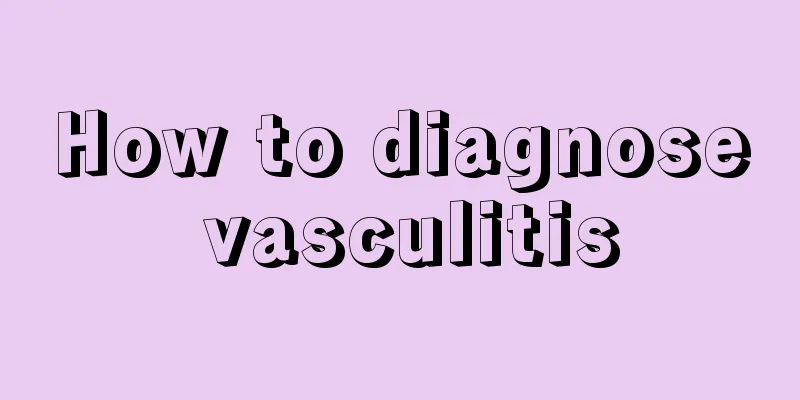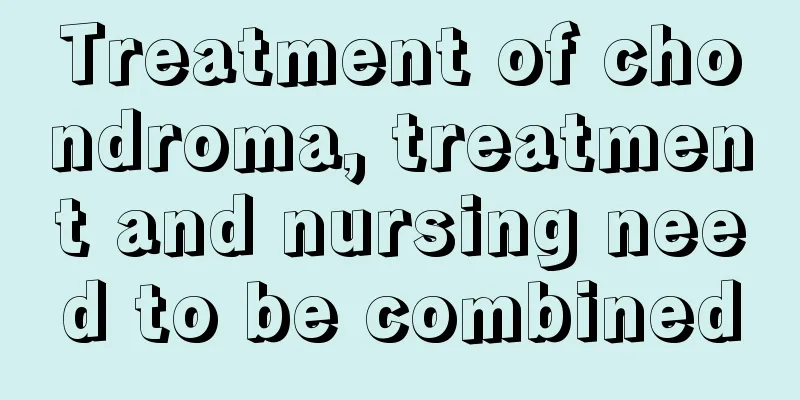What are the dangers of orthodontic treatment at the age of 40?

|
Teeth are very important organs in our daily life. They not only have the ability to chew things, but also make people look beautiful overall. Once there is a problem with the teeth, it will not only affect the appearance, but also the oral health. Everyone knows that orthodontic treatment is generally the earlier the better, and the younger the age. Since the bones have not yet fully developed, correction is easy to do. So what are the dangers of orthodontic treatment at the age of 40? Orthodontics for adults should not exceed 40 years old We generally think of adulthood after the age of 18. Orthodontic treatment for adults is very different from that for adolescents. This is because the growth and development of adults has been completed, the maxillofacial sutures have become bony fusions with very low plasticity, and the metabolic rate of adults has slowed down, and the biological responsiveness has decreased, which increases the difficulty of orthodontic treatment. In the past, orthodontic treatment was almost exclusively for children and adolescents, and adult orthodontics was not taken seriously because of its complexity. In recent years, due to the rapid development of science and technology and the widespread application of science and technology in the medical field, the medical level has been continuously improved. For example, the development of oral biology, biomechanics, and materials science has promoted the continuous improvement and development of oral orthodontic theory and technology, laying the foundation for adult orthodontics. At the same time, the number of adults seeking orthodontic treatment is increasing. Some people say that the improvement of living standards and the extension of life expectancy are the social background for the development of adult orthodontics. After people's basic living requirements such as food, clothing, housing and transportation are met, they begin to pay attention to improving the quality of life and enhancing their aesthetic concepts. This is also one of the manifestations of social progress and improved civilization. Straightening misaligned teeth, achieving normal oral function and beautiful appearance has become part of the life pursuit of adults. The demand for orthodontic treatment in adults is both legitimate and feasible. But compared with teenagers, orthodontics for adults is more complicated. Is it the adults' fault? Deformities are often associated with other oral diseases. Such as caries, periodontal disease, missing teeth, tooth wear, residual crowns and residual roots. Defective intraoral restorations, temporomandibular joint diseases, etc. Before starting orthodontic treatment, it is necessary to fully control periodontal diseases and remove intraoral restorations, otherwise it will affect the wearing of braces and the movement of teeth. Adults should undergo orthodontic treatment under good oral hygiene conditions, and pay attention to changes in the periodontal condition of the teeth during the treatment process. The growth and development of adults has stopped, the alveolar bone remodeling is relatively slow, the tooth movement is relatively slow, and the treatment time required is longer. Adults are prone to relapse after orthodontic treatment, so maintenance after treatment is very important. The best age for orthodontic treatment for adults is no more than 40 years old, because at an older age, the health of periodontal tissues decreases, and periodontal tissue damage is more likely to occur during treatment. Common types of orthodontic deformities in adults include: crowded and uneven teeth, gaps between front teeth, and crossbite? , facial asymmetry caused by protrusion of maxillary teeth and jaw, and mandibular deviation, etc. For moderate to severe bone malocclusion? Deformity, moving teeth alone cannot achieve the desired effect. At this time, the main purpose of orthodontic treatment is to cooperate with surgery for preoperative and postoperative correction and maintenance. Adult orthodontics is divided into comprehensive treatment and auxiliary treatment. The purpose of the former is the same as that of adolescent orthodontic treatment, which is to improve the beauty and function of teeth. The purpose of the latter is to cooperate with other treatments such as dentures. Due to occupational, psychological factors and other social activities, adults have more requirements on the length of orthodontic treatment, the appearance of braces and the treatment effect. Adults have the ability to think independently and often compare and consider the opinions of friends or family members and the experiences of other orthodontic patients. Fixed orthodontic appliances are small in size and highly effective, and are more suitable for adults. In recent years, lingual fixed appliances, ceramic brackets, etc. have appeared, which greatly meet the patients' requirements in terms of aesthetics. Although the improvement of orthodontic technology and high-quality orthodontic equipment have provided good conditions for the development of orthodontics in adults, adults often cannot achieve perfect treatment results due to many subjective and objective factors. Therefore, when adults undergo orthodontic treatment, they should not be impatient for quick results and should have a full understanding and mental preparation for the complexity of the treatment. In addition, orthodontics for adults must also consider the impact of overall health conditions. People with rheumatic heart disease, coronary heart disease, hypothyroidism, hyperacidity, diabetes, arthritis, hemorrhagic diseases, epilepsy and other diseases must first control these diseases. Pregnant women should be cautious when undergoing orthodontic treatment. If you have a history of oral and maxillofacial surgery, radiotherapy, medication, etc., you should proactively inform your doctor to avoid adverse consequences. |
<<: How to correct crowded teeth?
>>: Correction of misaligned teeth?
Recommend
Detailed explanation of common methods for treating prostate cancer
At present, the incidence of prostate cancer is v...
Mortality rate from esophageal cancer bleeding
Nowadays, many people are afraid of cancer. Once ...
Does spinning bike reduce calves size?
Having slender legs is what women desire most, so...
Treatment methods for pseudophimosis
The vast majority of male friends have phimosis, ...
How to remove scale from a thermos bottle
Thermos is something that everyone is familiar wi...
Will eating hot pot make you fat?
Hotpot is a favorite of many people. There are ma...
Causes of gallbladder obstruction
Gallbladder blockage is very harmful to the body....
There is bruise pain on the calf but no bruise
Many people have bruises on their calves for no a...
What are the early treatments for cerebral thrombosis
For patients with cerebral thrombosis, it is impo...
Interventional surgery for cerebral artery aneurysm
The brain is a very important part of the human b...
Can I use facial mask every day?
Facial masks are commonly used by many people. Th...
How to dry osmanthus
If you want to use osmanthus as medicine or make ...
How much sleep is normal for a 20-month-old baby?
Under normal circumstances, a 20-month-old baby s...
How to treat edema caused by liver cancer?
Edema in patients with liver cancer is likely due...
Symptoms of prostate cancer at different stages
Prostate cancer is now a common disease among men...









